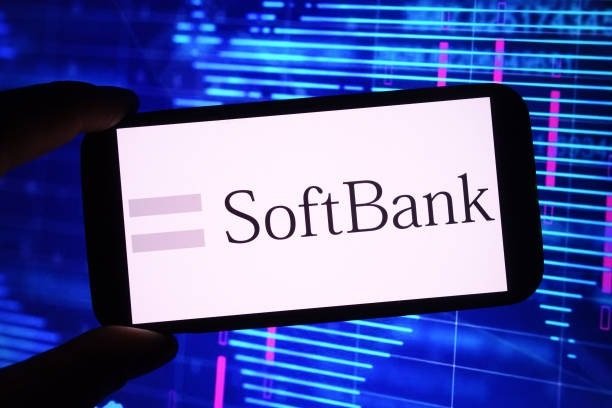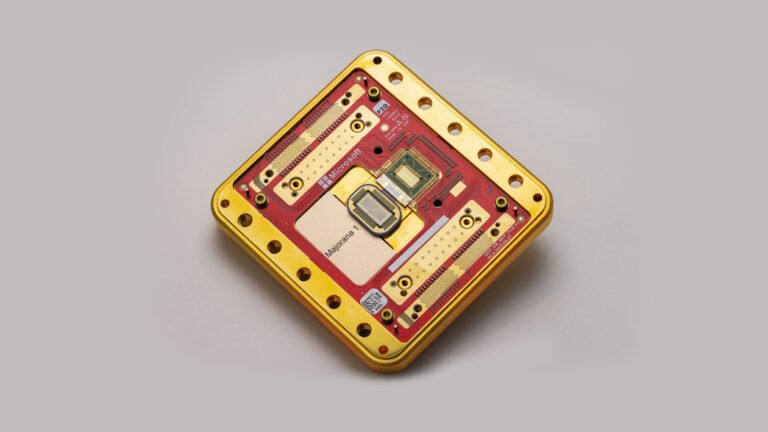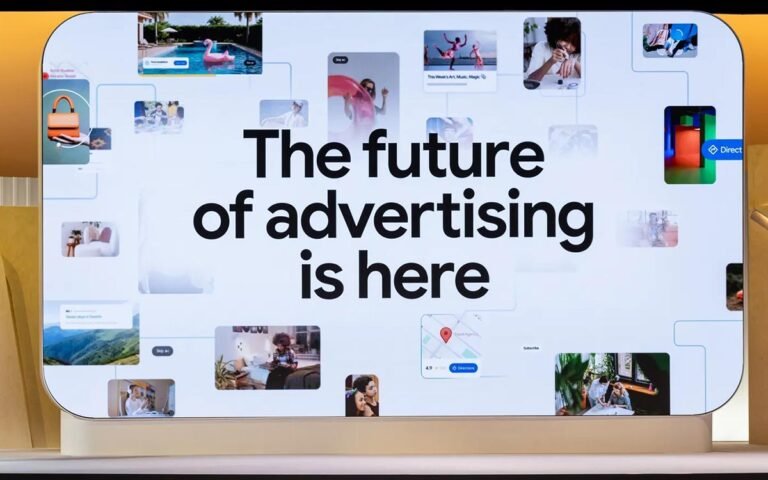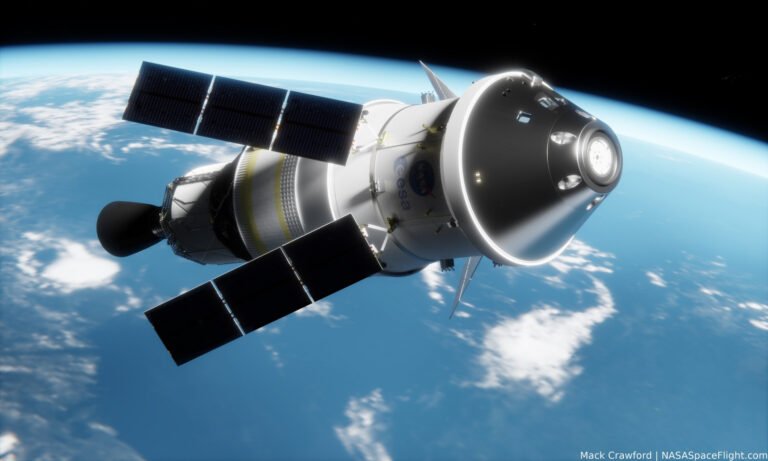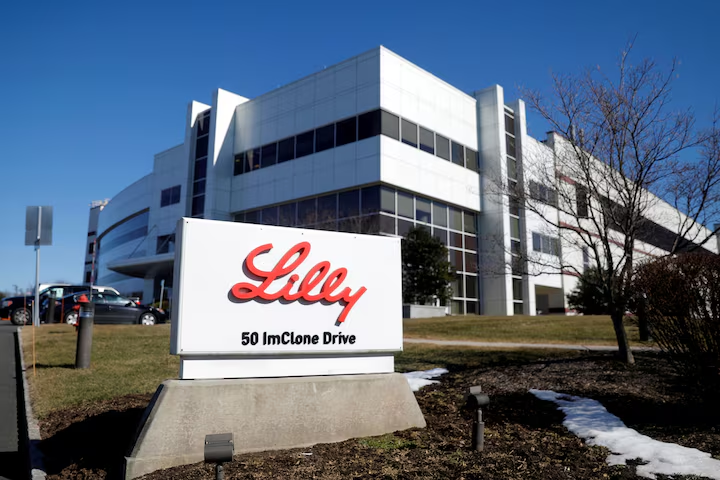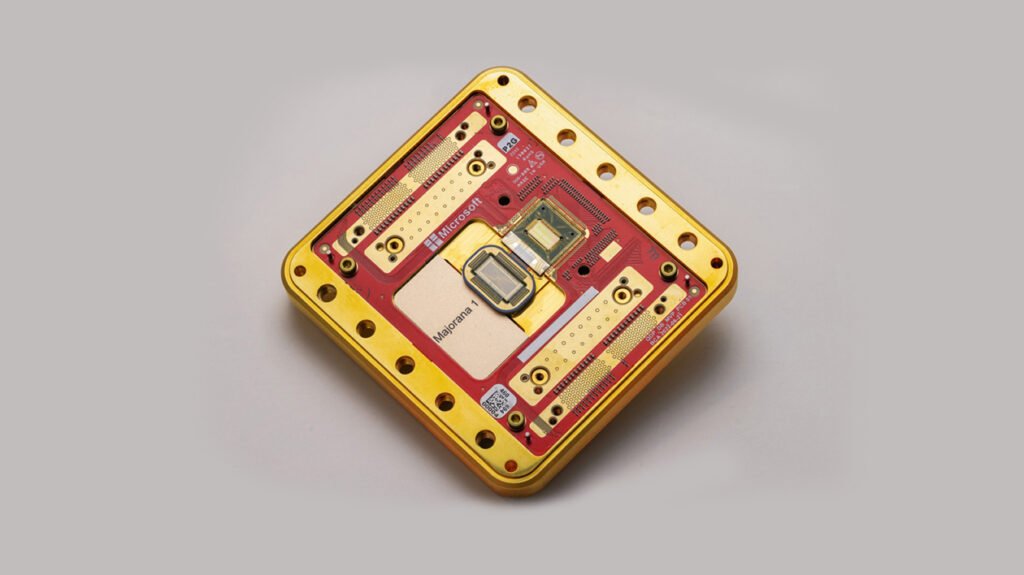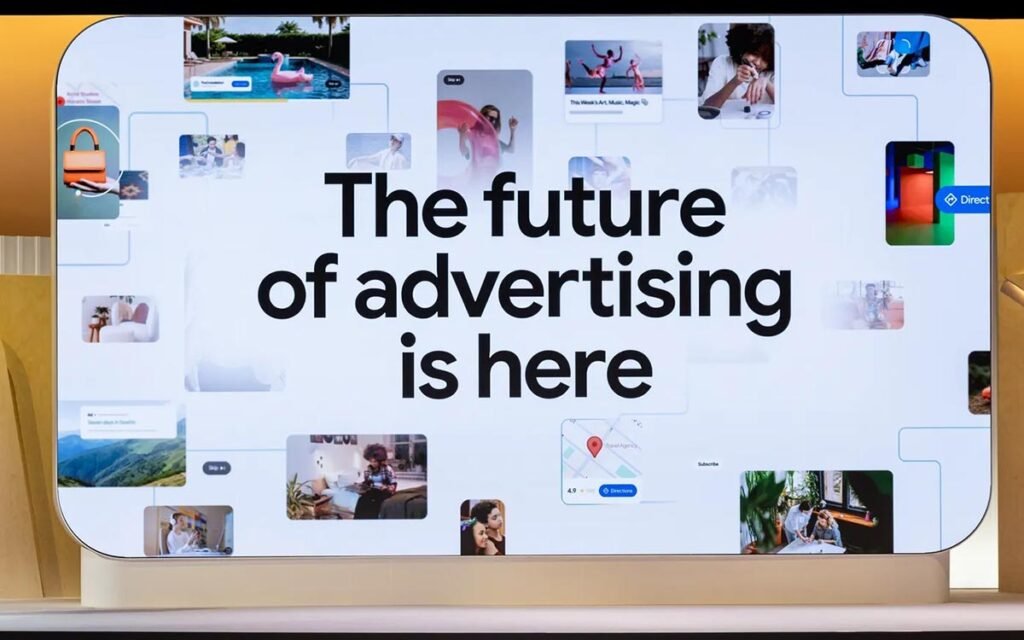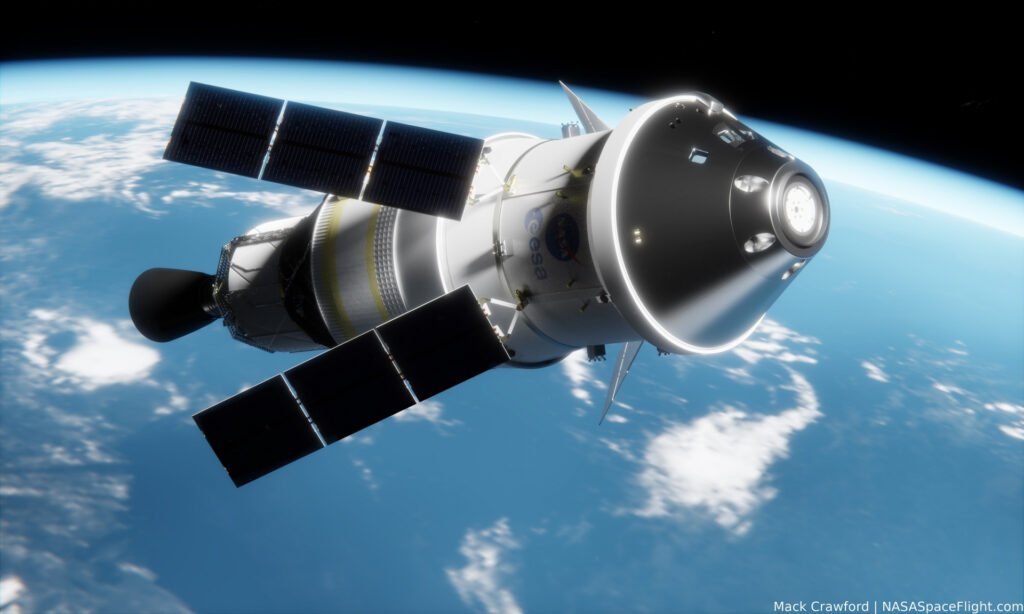Quantum computing is rapidly changing. It pushes the boundaries of processing power. It solves complex problems. We must distinguish between confirmed breakthroughs and future goals. This post explores an exciting, though currently unconfirmed, scenario. It imagines Google’s next-generation quantum chip. This chip could use time crystals. The integration of Time Crystals Quantum Computers promises to revolutionize computation.
The Role of Time Crystals in Quantum Computers
Time crystals are a groundbreaking state of matter. Nobel laureate Frank Wilczek first theorized them in 2012. Conventional crystals have atoms repeating in space. Time crystals show a repeating pattern over time. They oscillate without constant energy. This unique feature makes them highly appealing for quantum computing. Maintaining “coherence”—the delicate quantum state of qubits—is a huge challenge.
Google’s quantum hardware has explored time crystals. Its Sycamore chip was used to simulate discrete time crystals. This was a key step in understanding their behavior. Google is active in this cutting-edge area. They aim to improve qubit stability and longevity. The promise is profound: qubits could hold their quantum state much longer. This would cut errors and allow more complex calculations. Some research groups achieved great coherence extensions with time crystals. However, a “100x longer” claim linked to a future Google 1,000-qubit chip is still an ambitious projection for Time Crystals Quantum Computers.
Google’s Ambition for Time Crystals Quantum Computers
Google leads in quantum computing. In 2019, its 53-qubit Sycamore chip achieved “quantum supremacy.” It solved a specific problem much faster than top supercomputers. Reports mention a “Sycamore 3” chip with 1,000 qubits. This chip would use time crystals. It would break barriers on July 12, 2025. However, as of today, July 3, 2025, Google Quantum AI has not officially announced or verified these specific claims. Science magazine has not published them either.
Scaling qubit counts and improving performance are key goals in quantum computing. Google, like other leaders, develops more powerful chips. A 1,000-qubit system is a big step. It moves us towards fault-tolerant quantum computers. These could unlock massive computational power. If this breakthrough happens, a quantum computer could solve a physics problem in seconds. This problem would take classical supercomputers millennia. It would be another “quantum leap” for Time Crystals Quantum Computers.
Commercial Applications of Quantum Computers
Advanced quantum computers have vast commercial uses. They can impact many sectors. The pharmaceutical industry will see major changes. This is especially true in drug discovery. By 2026, quantum computers should transform molecule design and simulation. They can model complex molecular interactions at the quantum level. This could speed up new drug, therapy, and material development. It is far beyond what traditional supercomputers can do. This fits a trend of using advanced computation for faster innovation.
Beyond pharma, quantum computing will affect finance, logistics, AI, and cybersecurity. Its power is immense. Dr. Michio Kaku, a theoretical physicist, speaks about its deep implications. The exact phrase “This is the Y2K moment for encryption,” tied to a time-crystal-powered Google chip in 2025, is not directly verifiable. Still, Dr. Kaku often highlights quantum computing’s revolutionary potential. This includes its ability to change encryption forever.
The Future of Time Crystals Quantum Computers
Building fault-tolerant quantum computers is a long, complex journey. This includes using exotic states like time crystals for better coherence. Specific claims about Google’s 1,000-qubit “Sycamore 3” and its July 12, 2025, impact are currently speculative. Yet, they show the great hopes and fast progress in quantum computing. High search volumes for “time crystal quantum computer” show public interest.
Even in early stages, these developments draw scientific and public interest. Quantum technology promises much. It points to a future where quantum mechanics solves hard problems. Research into Time Crystals Quantum Computers continues. This suggests computation limits will keep expanding.


